The HPE ProLiant DL380 Gen10 is a 2U (2 rack unit) rack-mounted server designed and manufactured by Hewlett Packard Enterprise (HPE)
Here are some key features and characteristics of the HPE ProLiant DL380 Gen10:
1. Form Factor:
- 2U Rack-Mounted Chassis: The server is designed to be mounted in a standard 19-inch rack, occupying 2 units of vertical rack space.
2. Processor Options:
- Intel Xeon Processors: HPE ProLiant DL380 Gen10 server with one Intel® Xeon® Silver processor
3. Memory:
- DDR4 ECC Memory: The server supports DDR4 Registered DIMMs (RDIMMs) and Load Reduced DIMMs (LRDIMMs) for improved performance and reliability.
- Memory Capacity: It can support a large amount of RAM, allowing for memory-intensive applications and virtualization.
4. Storage:
- Drive Bays: The DL380 Gen10 typically comes with multiple hot-swappable drive bays for SAS/SATA hard drives or SSDs.
- RAID Options: Integrated RAID controllers provide support for data redundancy and performance optimization.
5. Expansion Slots:
- PCIe Slots: The server includes PCIe expansion slots for additional networking, storage, or other hardware expansion options.
6. Networking:
- Ethernet Connectivity: Integrated Gigabit or 10GbE network interfaces.
- Flexible Networking: Options for additional network interface cards (NICs) to meet specific networking requirements.
7. Management:
- HPE iLO (Integrated Lights-Out): Remote management interface for monitoring and managing the server, even if the operating system is not responsive.
8. Power Supply:
- Redundant Power Supplies: Typically equipped with redundant hot-plug power supplies for increased reliability.
9. Operating Systems Support:
- Windows, Linux, and Virtualization: Compatible with a variety of operating systems and virtualization platforms.
10. Security:
- HPE’s Security Features: Includes features such as secure boot, silicon root of trust, and other security measures to protect against malicious attacks.
11. Scalability:
- Flexible Configuration: The DL380 Gen9 is designed to scale to meet the needs of growing businesses, with options for additional memory, storage, and processing power.
12. Deployment:
- Tool-less Design: Many components are designed for tool-less installation, making it easier to deploy and maintain.
13. Environmental Considerations:
- Energy Efficiency: HPE servers typically focus on energy efficiency to reduce operational costs and environmental impact.
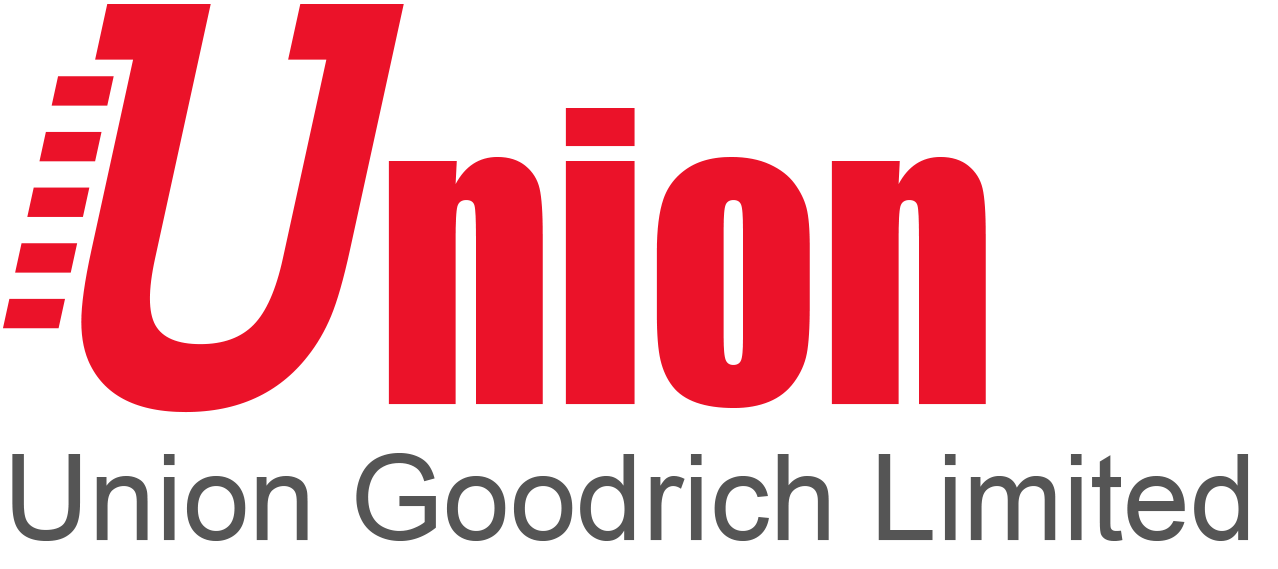
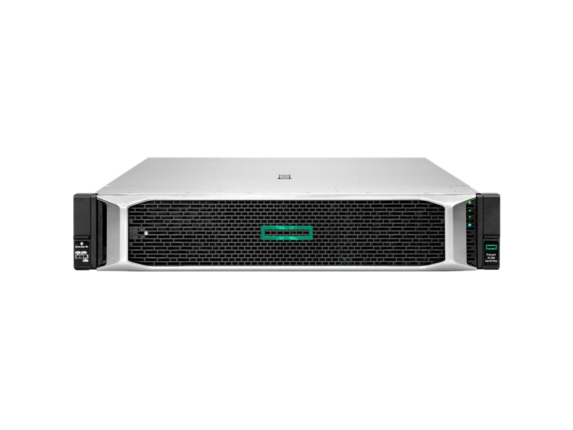
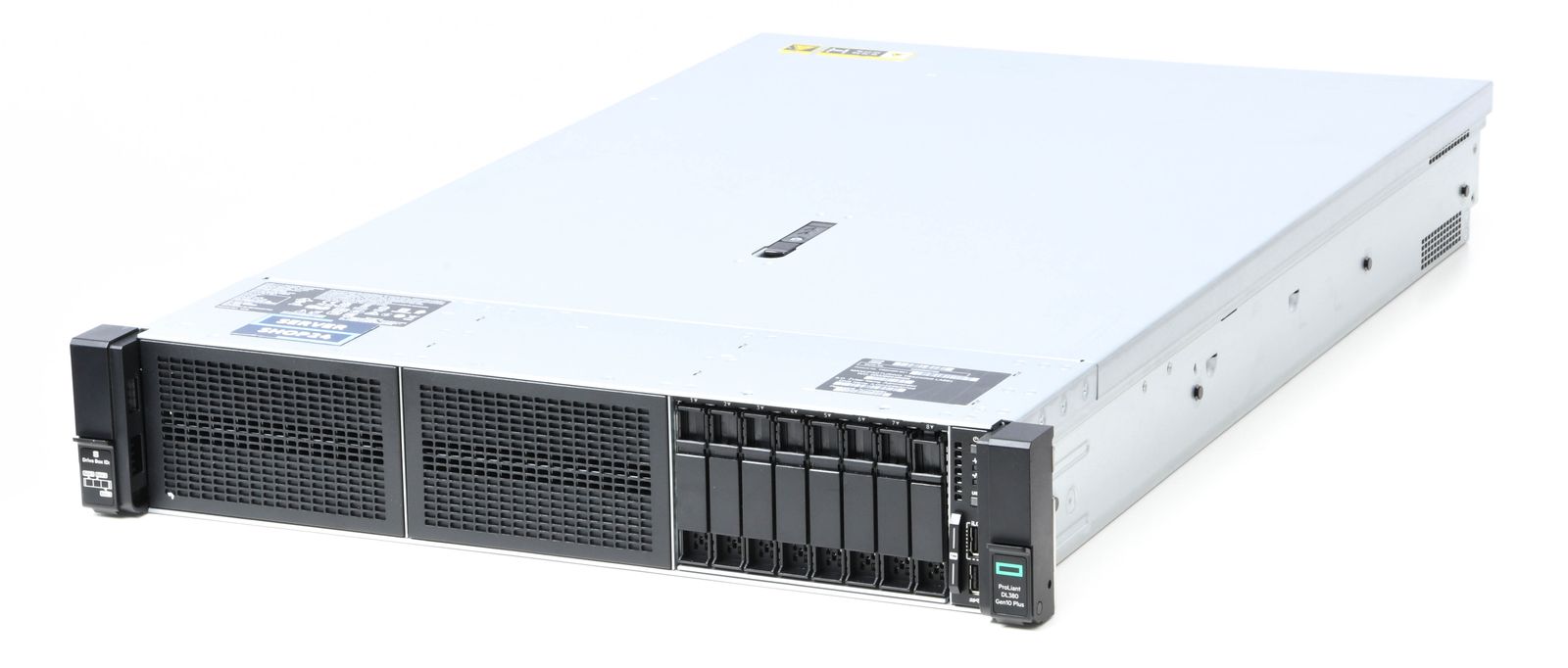
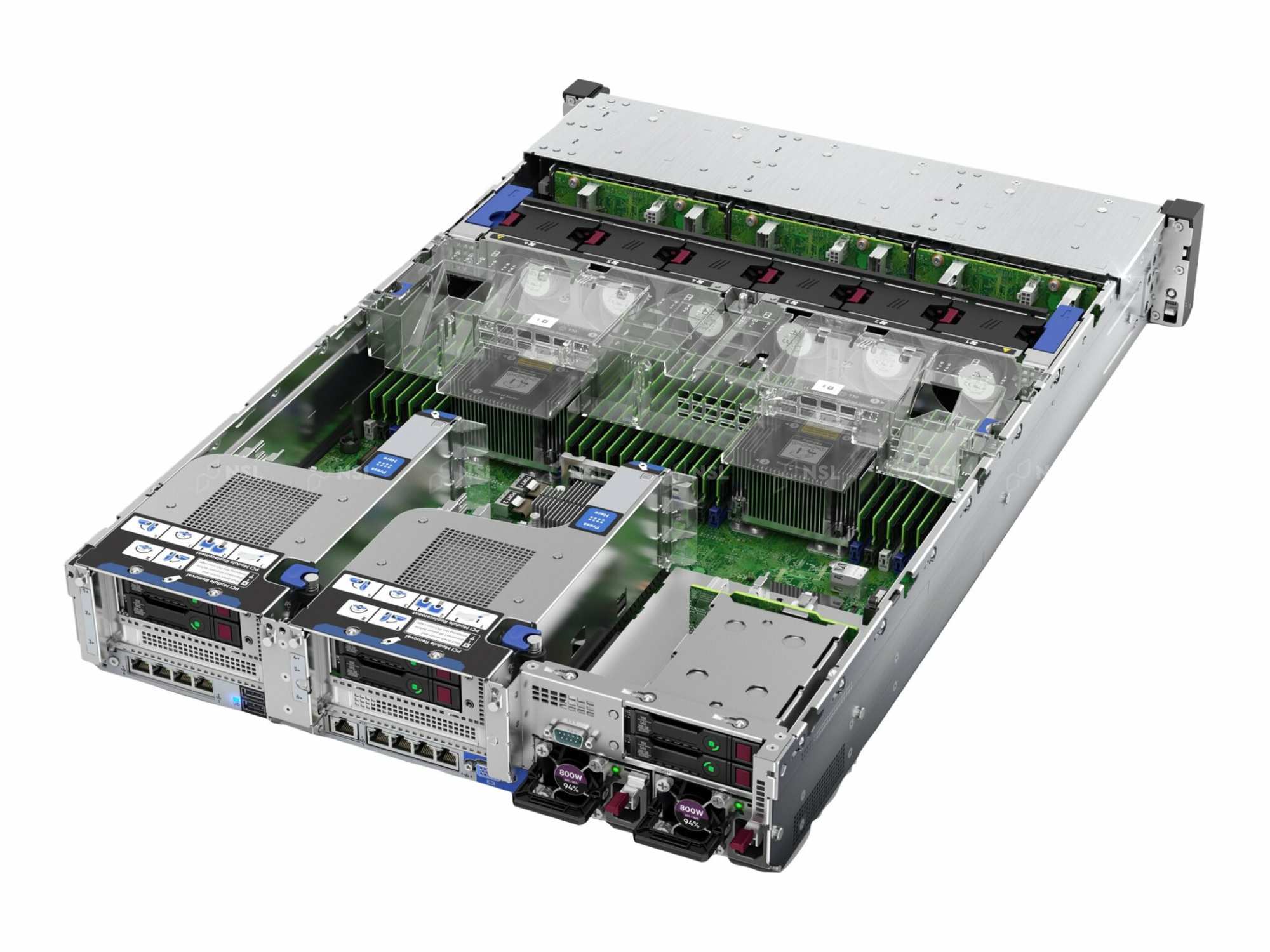
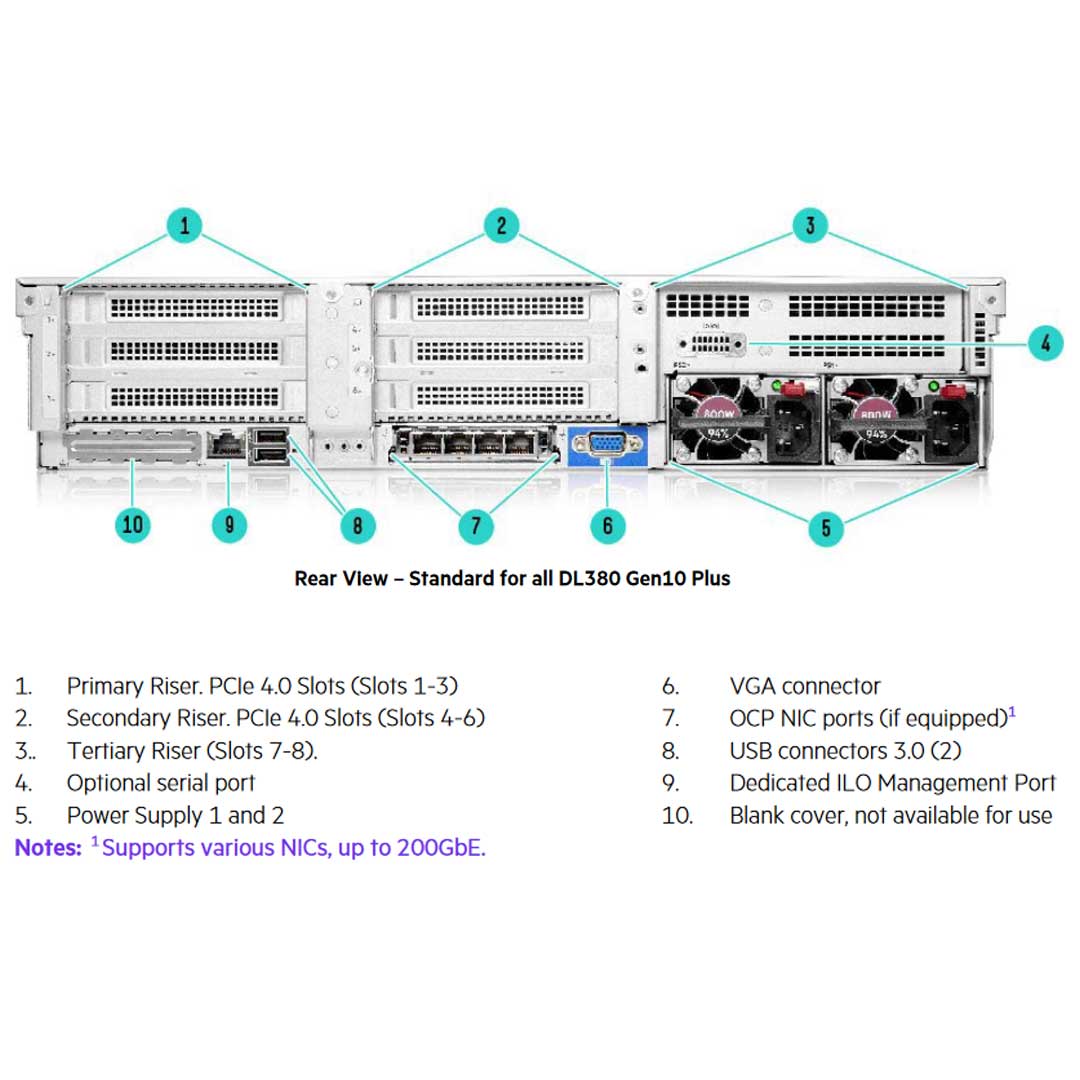
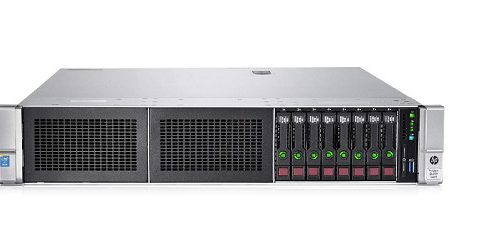
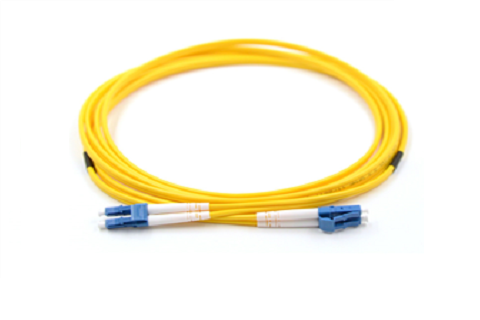
There are no reviews yet.